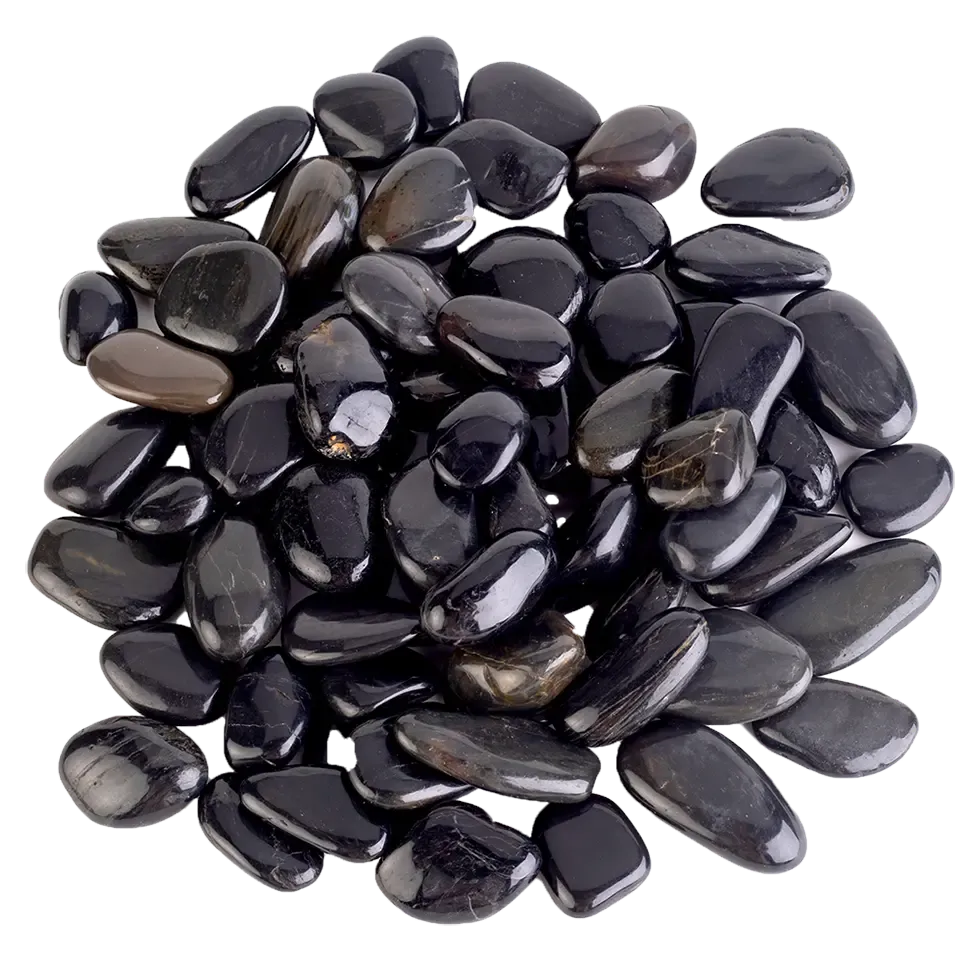Nov . 14, 2024 06:12 Back to list
types of green jade
Types of Green Jade A Deep Dive into its Beauty and Significance
Green jade, known for its serene and captivating hues, has fascinated cultures around the world for centuries. This precious gemstone is comprised primarily of two minerals jadeite and nephrite. While both types share a similar aesthetic and cultural significance, they possess distinct characteristics that set them apart. In this article, we explore the various types of green jade, their origins, and their allure.
Jadeite The Rarest and Most Valuable
Jadeite is considered the more valuable of the two types of jade. It comes in a variety of colors, but green jadeite, particularly the rich, emerald green variety, is the most renowned. This gem is primarily sourced from Myanmar (formerly Burma), where certain mines produce exceptional quality jadeite. The color of jadeite can range from light green to deep, vibrant hues, often influenced by the presence of chromium and iron.
One of the most sought-after shades in jadeite is Imperial Jade. This exquisite, translucent green jade is prized for its intense color and rarity. It is often associated with royalty and prosperity, making it a popular choice for jewelry and ornamental carvings. The value of jadeite is not only attributed to its color but also its transparency and the quality of craftsmanship in its finishing.
Nephrite The More Abundant Counterpart
Nephrite, on the other hand, is more common and generally less expensive than jadeite. It can range in color from pale green to dark green and even grayish-green. Nephrite is primarily found in regions such as China, New Zealand, and Russia. Despite being less valuable, nephrite has its own unique charm and has been used for centuries in various cultures for carving tools, jewelry, and art.
types of green jade

Chinese culture holds nephrite in high esteem, often associating it with purity and moral integrity. Historically, nephrite was used to create ceremonial items, such as the jade bi discs and cong vessels, illustrating its importance in ancient rituals.
The Cultural Significance of Green Jade
Regardless of the type, green jade has deep cultural meanings across various societies. In Chinese culture, jade is often seen as a symbol of luck, health, and fidelity. It is frequently gifted during significant life events, such as weddings or birthdays, as a token of good wishes. In contrast, among the Maori people of New Zealand, nephrite, known as pounamu or greenstone, holds spiritual significance and is often used to make tools, ornaments, and weapons, signifying strength and status.
The appeal of green jade extends beyond its physical properties; it embodies a connection to tradition and spirituality. Whether adorning a piece of jewelry or showcased in a decorative carving, jade continues to be a beloved gemstone that captivates the hearts of many.
Conclusion
In summary, the world of green jade, encompassing the exquisite jadeite and the grounded nephrite, is rich in beauty and cultural significance. Each type carries its own story, reflecting the histories of the cultures that cherish them. As you explore this enchanting gemstone, you not only appreciate its aesthetic appeal but also the deep-rooted meanings that make green jade a timeless treasure.
-
Transform Your Outdoor Spaces with Premium Black Rocks for Landscaping
NewsAug.01,2025
-
Exploring the World of Green Jade: Types, Meanings, and Values
NewsAug.01,2025
-
Enhance Your Outdoor Spaces with Premium Black Garden Stones and Pebbles
NewsAug.01,2025
-
Elevate Your Garden Design with Black River Stones and Decorative Landscape Rocks
NewsAug.01,2025
-
Discover the Beauty and Symbolism of Green Jade: From Raw Stones to Luxury Pieces
NewsAug.01,2025
-
Discover the Beauty and Meaning of Green Jade Crystals
NewsAug.01,2025






